When tracing the lives of women who lived millennia ago, extracting the real history from the subsequent myth and legend can be difficult. This is certainly the case with Trưng Trắc and her sister, Trưng Nhị, two Vietnamese noblewomen who lived in the first century AD. The sisters led a heroic revolt against the Chinese, establishing an independent territory which they ruled over for three years, with Trưng Trắc becoming Vietnam’s first female monarch – but what are the stories, and what is the truth?
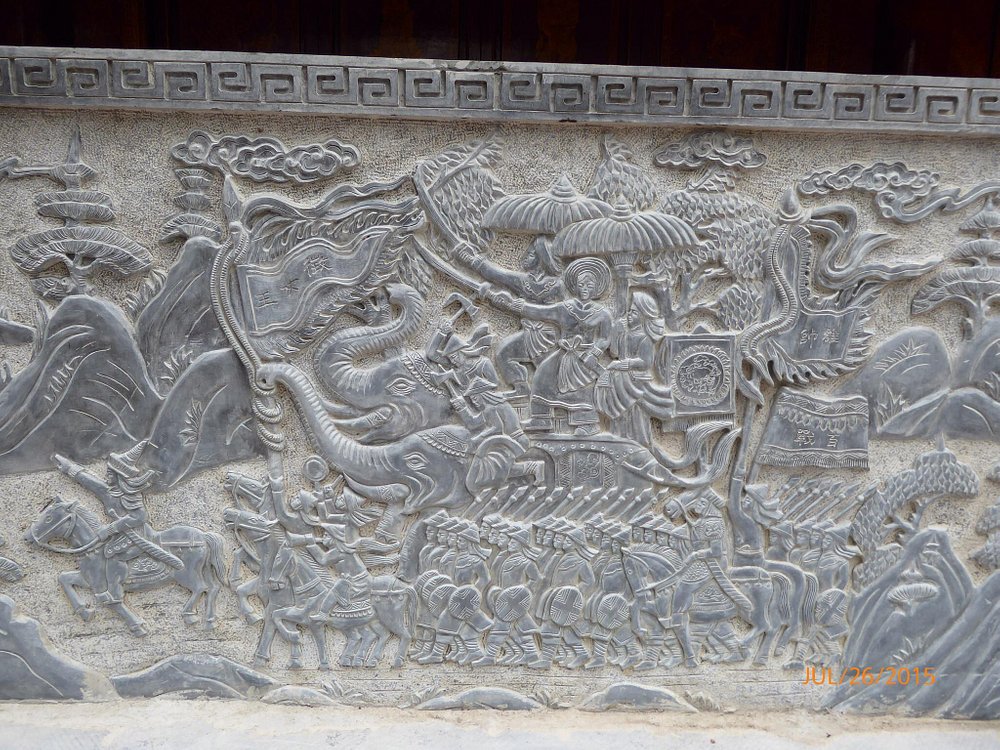
The date of birth of the sisters is unclear, but is commonly estimated to have been in the 10s – usually between 11–14 AD. Trắc is recorded as being the older sister, and the pair were part of an important family of Lạc ethnicity. Around a century prior, the Han Chinese had invaded the region of modern-day Vietnam and installed numerous sub-rulers to care for the territories on China’s behalf. The sisters’ father was one of these leaders as lord of Mê Linh, a region around Hanoi. Although the Chinese had control of the area, customs and culture were very much Vietnamese rather than Chinese. At this time, Vietnam was a female-orientated society, with marriage and inheritance favouring women, and women were granted equal opportunities; this stood in contrast to the patriarchal Chinese. The Trưng family were not only powerful as lords instilled by the Chinese, but they claimed descent themselves from the Han Dynasty through their maternal line. The sisters therefore received a good education, which would hold them in good stead later in life.
From here, things begin to get a bit murky. There are few contemporary records, with one of the main histories of the events being recorded in the Book of the Later Han which wasn’t composed until the 5th century, hundreds of years after their death, though it did use earlier sources as reference. What is agreed upon is two things: firstly, that Trắc married another Lạc lord named Thi Sách, who controlled the region of Chu-dien downriver, and secondly that the Chinese governor of the whole region was Su Ding, who was known for his greedy and tyrannical administration.
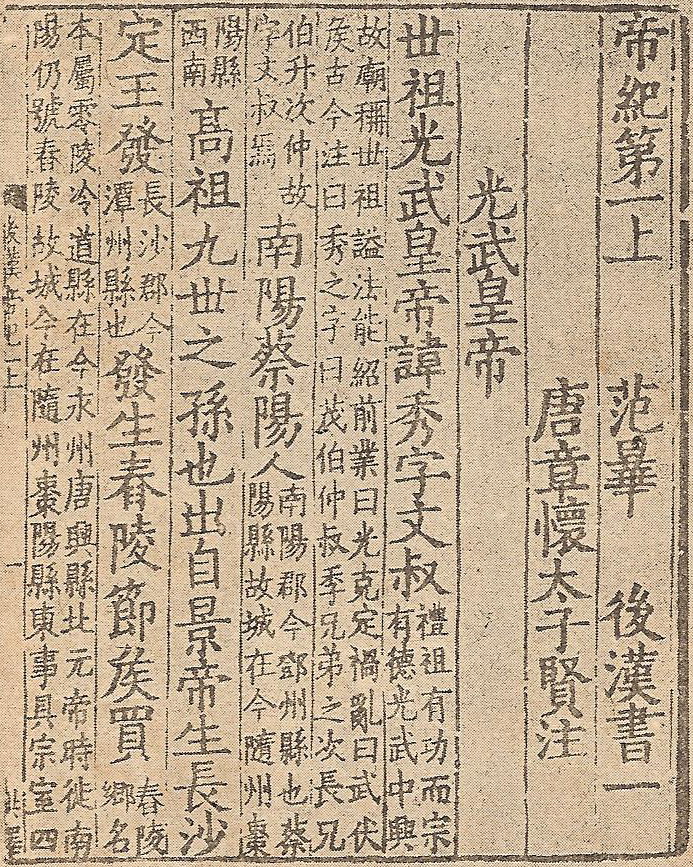
Su Ding had been seen to be stripping rights from the Vietnamese lords and their people, and had been enforcing tribute taxes upon the locals to great unpopularity. Thi Sách clashed with Su Ding and eventually led a coalition of lords to rebel against him, with sources claiming that it was Trắc who had “stirred her husband to action”, and the Chinese Book of the Later Han claiming that it was Trắc herself who had become infuriated and initiated the rebellion.
Some later stories claimed that during Sách’s rebellion, he had been captured and beheaded, and this subsequently motivated Trắc to further action against the Chinese. However, the more contemporary sources do not mention Sách’s fate, and this embellishment may reflect later patriarchal values. It was much more palatable to later storytellers in a male-dominated society for a woman to take up arms to avenge her husband, than what may have been more likely to be the reality in the matriarchal Vietnam – that Sách was happy to defer to his wife’s authority and leadership and supported her mission, rather than led it himself. At least one source of an earlier date, quoted later in the sixth-century Commentary on the Water Classic, has Sách remaining alive to fight alongside his wife.
Regardless of whether Sách had been executed or not, Trắc certainly took up the fight from here. She and, importantly, her sister Nhị, inspired the local lords and peasants and spurred them into action. In 40 AD they formed a significant army who overthrew Su Ding and captured 65 strongholds, establishing a region independent of Chinese control. In reward for the sisters’ success, Trưng Trắc was proclaimed queen. The Chinese sources do not mention Nhị’s position, although later Vietnamese sources said that she either ruled as co-queen or acted as vice-queen for her sister. She certainly seems to have been important to Trắc either way, constantly by her side and helping to lead their armies.
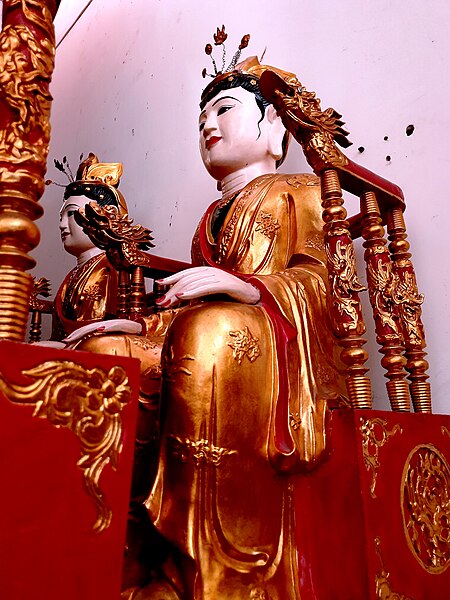
After removing the Chinese, Trắc was determined to return the region to traditional Vietnamese laws and values. The hated tribute taxes were abolished, and she took up her court from her ancestral estates in Mê Linh. The sisters also gathered many other women around them who helped to lead the government and the army, with dozens of female generals including their mother, according to some sources. The resounding influence of women at this time is further highlighted by the fact that the tomb and spirit house (shrine) of their mother survives, whilst that of their father – who also remains nameless in the chronicles – does not.
A little over a year after the rebellion, the Chinese commissioned one of their best generals, Ma Yuan, to march on the Trưngs’ territory. Thousands of soldiers were gathered, but progress was slow, hindered by insufficient roads and bad weather. The army was forced to set up a base camp and wait for better conditions. At this point, though, things started to turn against the sisters. With battle against a seasoned general on the horizon, many of their followers began to lose heart. Much of their forces were not professionally trained soldiers, and the once-loyal lords began to have second thoughts. Some had also perhaps begun to be swayed by Chinese viewpoints, and were hesitant to rally behind a female leader. Realising her situation was faltering, Trưng Trắc made the decision to lead a forward battle against the Chinese, hoping to start the fight on her own terms.

Enjoying this blog post? Buy me a hot chocolate!
Consider donating the cost of a hot chocolate to me, so I can continue to write and run Just History Posts.
£3.50
Unfortunately for her, the battle was a disaster. Thousands were killed, captured, and executed, with thousands more surrendering or fleeing. Both Trắc and Nhị managed to escape, retreating to their ancestral estates, but they were soon pursued by Ma Yuan who managed to corner them. Again, at this point, sources and tradition diverge. The historical Chinese sources state that the women were captured and later beheaded, their heads being sent to the Han court. However, later Vietnamese tradition has it that the sisters drowned themselves rather than be captured. Regardless, by the start of 43 AD the two sisters were dead, their independent territory quashed. Ma Yuan spent the rest of the year re-establishing Han authority in the area, and as it drew to a close he took his army in pursuit of the final rebel Lạc lords who had fled after the first disastrous battle, finally destroying the last of the resistance. In the autumn of 44 AD, he returned to the Han capital to great acclaim.
It is no surprise that the sisters soon passed into local legend. Vietnam spent much of the next millennium under Chinese rule, with other brief rebellions and periods of autonomous rule leading to finally gain independence in the 930s. As the country lived through this period of Chinese control, it is easy to see how the story of the Trưngs inspired them and gave them hope. Folk stories and festivals grew among those who remembered them, with poems and chronicles recording their deeds. Their popularity only increased after Vietnam’s independence, with many Vietnamese histories recounting the sisters coming from after this time. Temples and cults began in their honour, and even today there are many places and buildings in Vietnam named after them.
One of the most famous temples dedicated to the sisters is the Hai Bà Trưng Temple in Hanoi, constructed in 1158 at the orders of Emperor Lý Anh Tông following a drought. The Emperor had ordered a monk to pray for rain at another temple dedicated to the Trưngs, and rain followed the next day. In thanks, he erected this new, grand temple in their honour, following it up later in his reign with two more temples.
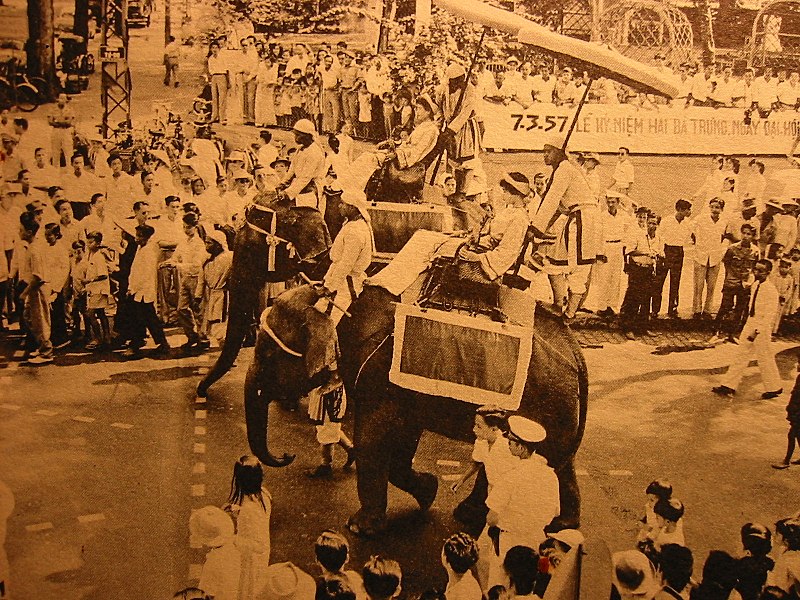
Today, statues of Trưng Trắc and Trưng Nhị can be found across Vietnam, and they are most popularly depicted on the back of war elephants. Whilst they are both national heroes and cult figures in the country, their names are not always as well known elsewhere in the world. But these two women led an incredibly successful rebellion against a significant empire, became the first female rulers of Vietnam, and acted as inspiration for centuries of rule under the Chinese to come. Almost two thousand years after they fought their names are not forgotten, nor are their brave deeds. Their legacy lived on.
Previous Blog Post: An Interview With: Emily Murdoch Perkins, Historical Author
Previous in Royal People: Mansa Musa, The World’s Richest Man?
List of Blog Posts: here Blog Homepage: here
Buy my books via the pictures below! Or why not check out our shop?

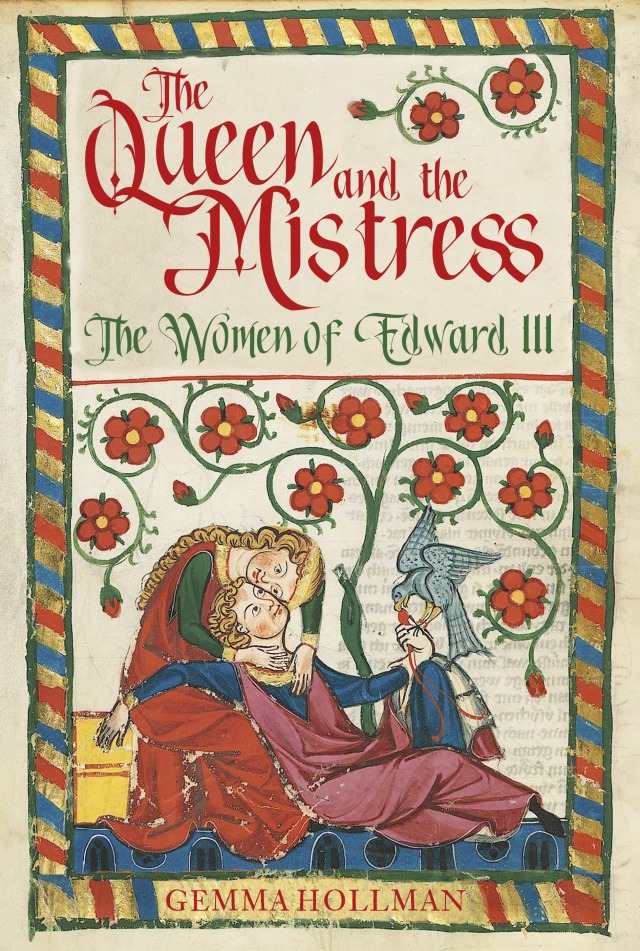
Follow us:
Read more:
The Birth of Vietnam by Keith Weiler Taylor
https://www.oxfordreference.com/display/10.1093/acref/9780195148909.001.0001/acref-9780195148909-e-1091
https://www.history.com/news/trung-sisters-vietnam-rebellion-han-dynasty
https://www.open.edu/openlearn/history-the-arts/world-changing-women-the-trung-sisters
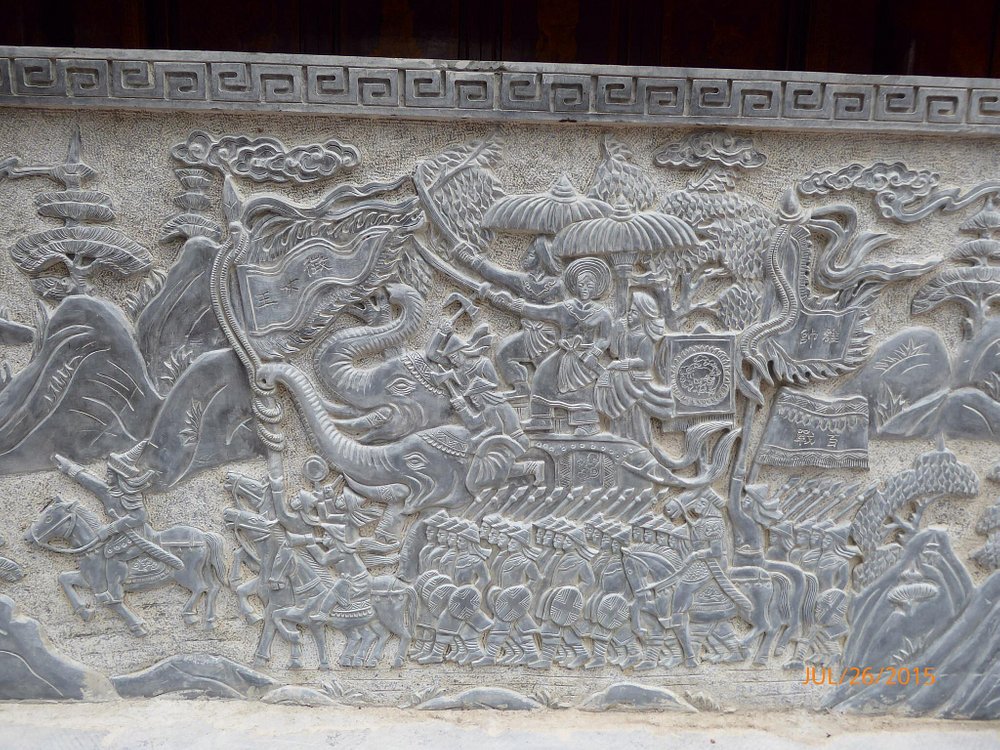
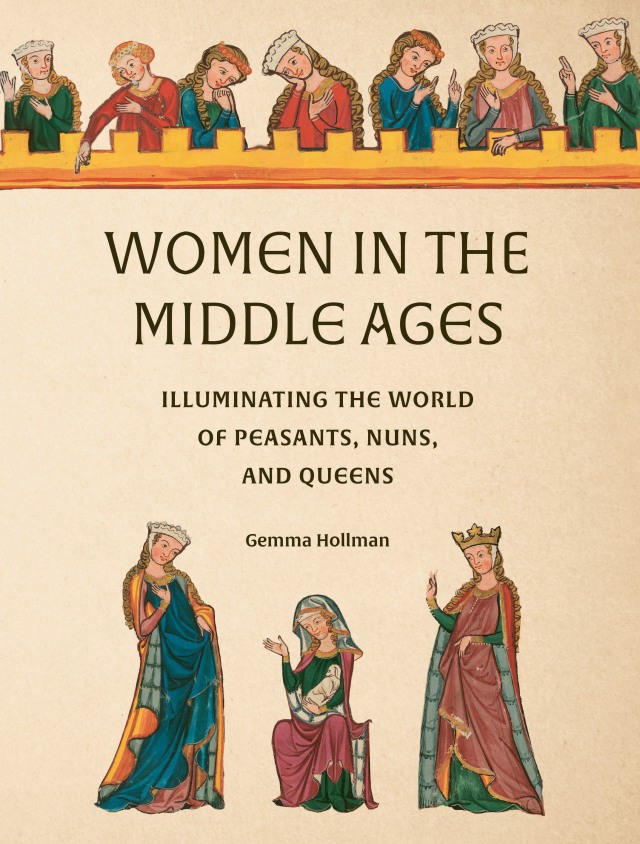
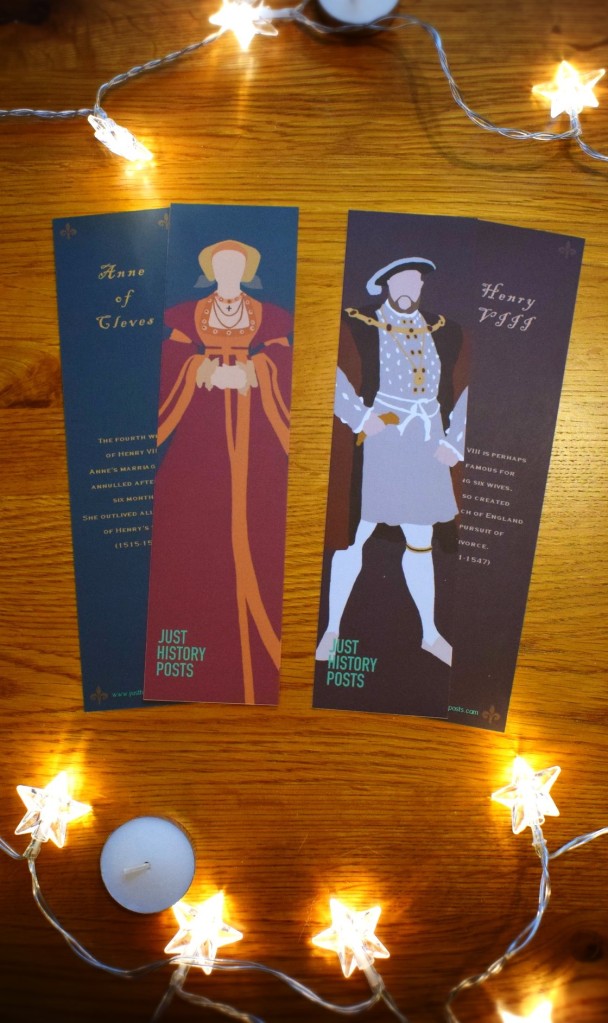


One response to “Royal People: Trưng Trắc and the Sisters’ Rebellion”
[…] Previous Blog Post: Royal People: Trưng Trắc and the Sisters’ Rebellion […]
LikeLike